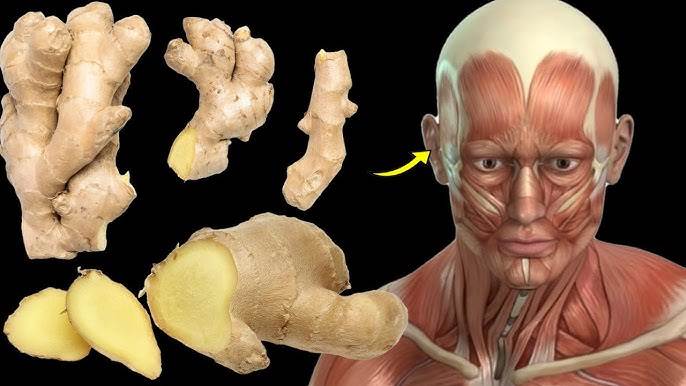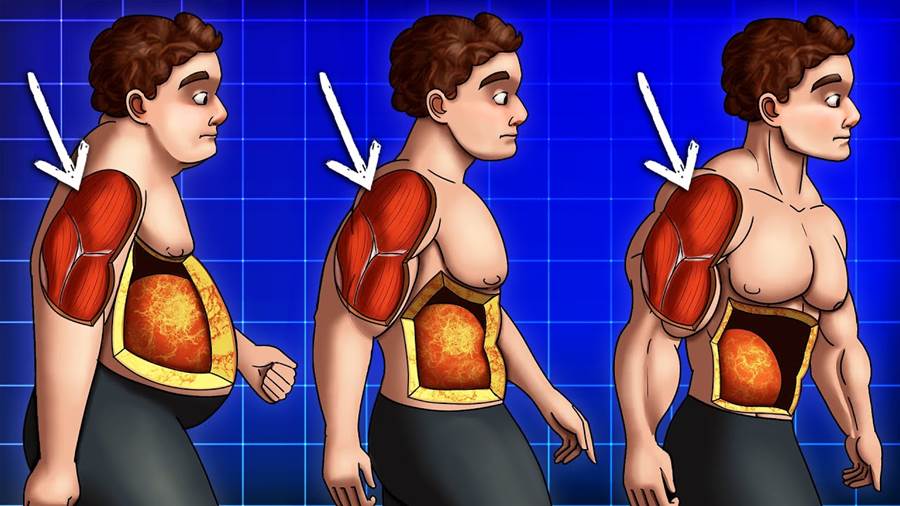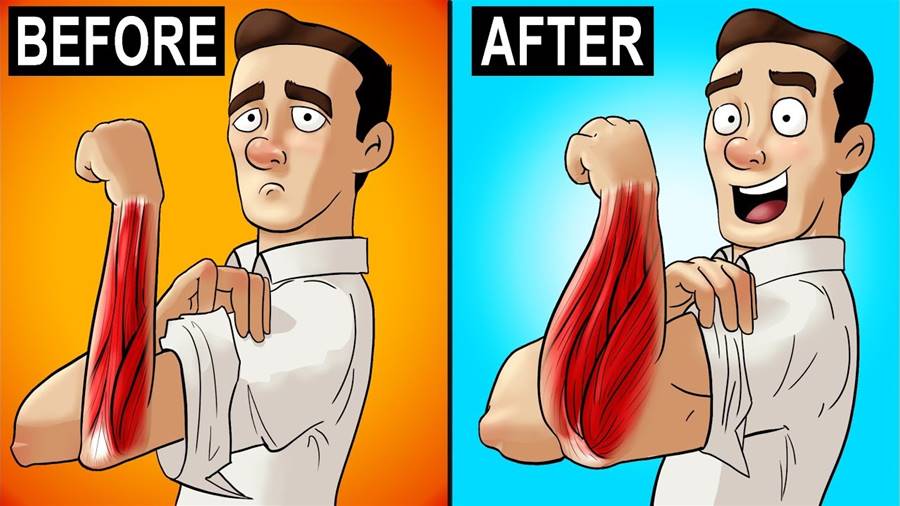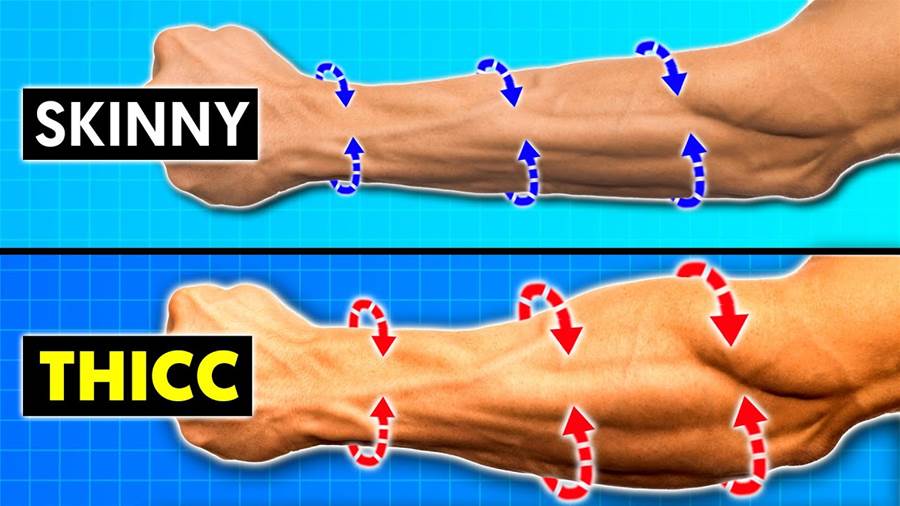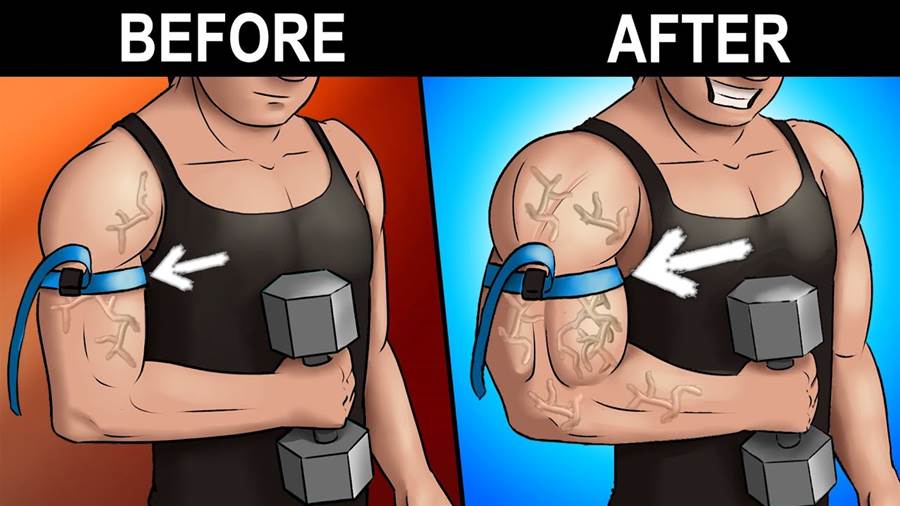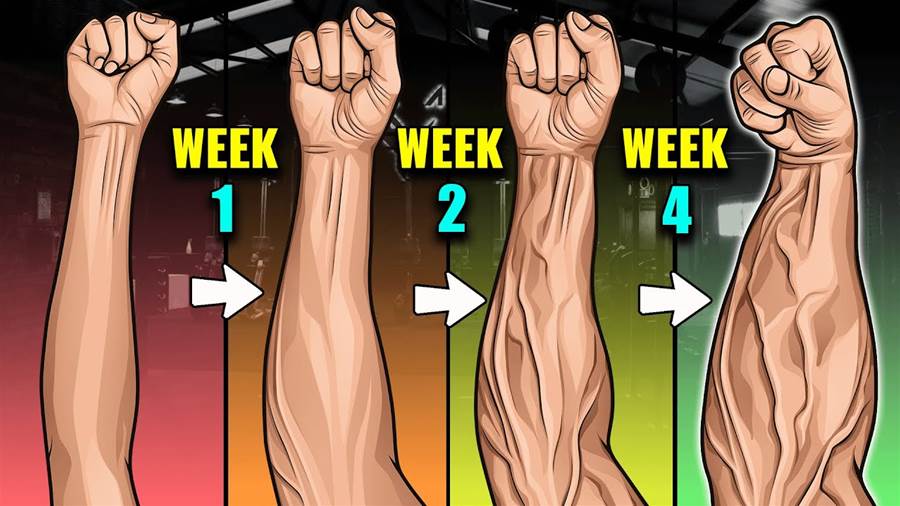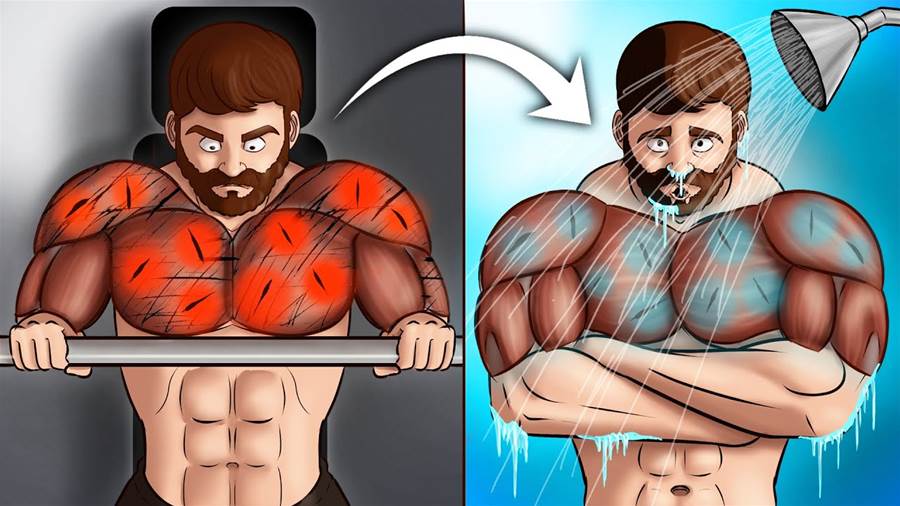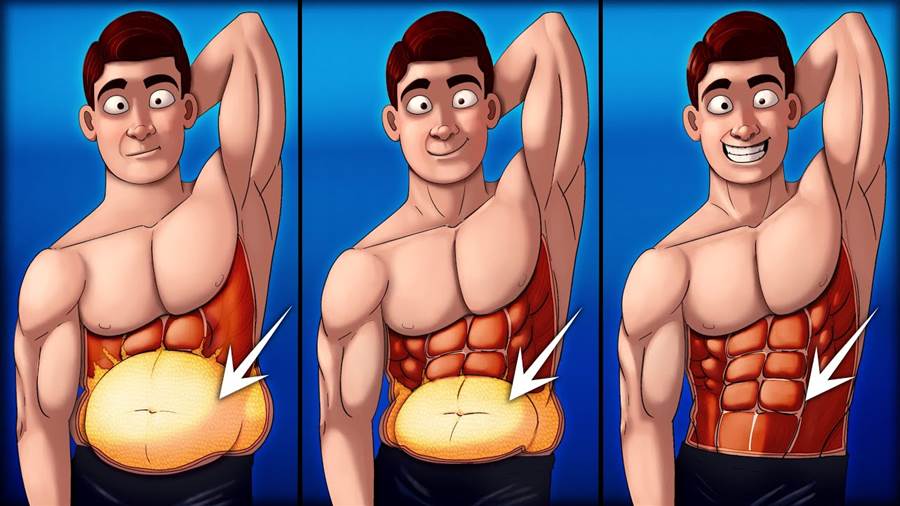
Stubborn fat refers to those persistent areas of body fat that seem resistant to diet and exercise. For men, this often means belly fat and love handles, while for women, it's typically the hips and thighs. Even when weight loss is evident in other parts of the body, these stubborn areas remain largely unchanged. This phenomenon can be attributed to several physiological factors.
Why Stubborn Fat is Harder to Lose
Stubborn fat differs from regular body fat in that it has a higher concentration of alpha receptors compared to beta receptors.
Alpha receptors inhibit fat release, while beta receptors promote it. Consequently, fat in stubborn areas is released more slowly. Additionally, these areas have reduced blood flow compared to other fat deposits. This limited circulation means that even when fat is mobilized, it is less efficiently transported to be burned off.

Strategies for Effective Fat Loss
1. Achieve a Caloric Deficit
To burn fat, you need to be in a caloric deficit, meaning you consume fewer calories than you expend. If you're not losing fat despite your efforts, you might not be in a deficit. Weight loss often leads to decreased muscle mass and a slower metabolism, which means fewer calories are required to maintain your weight. This reduction in metabolic rate can slow progress, requiring further calorie reduction.
The article is not finished. Click on the next page to continue.
The article is not finished. Click on the next page to continue.
Next page